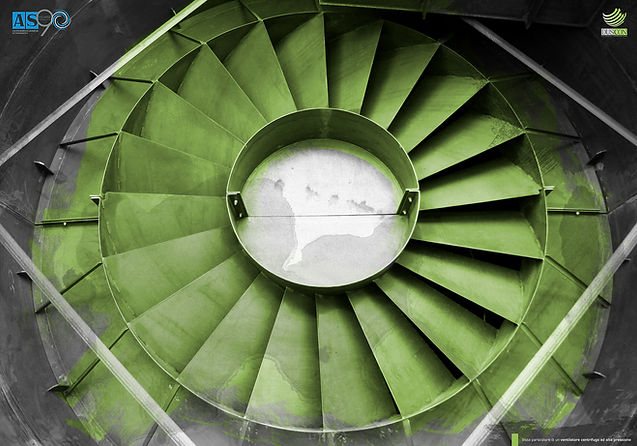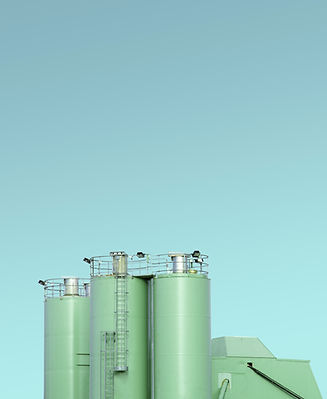
DeNox Systems

The importance of reducing NOx emissions in the frame of the Global Green New Deal
Our contribution to the environmental context
NOX contributes to acid deposition and eutrophication of soil and water. The subsequent impacts of acid deposition can be significant, including adverse effects on aquatic ecosystems in rivers and lakes and damage to forests, crops and other vegetation. Eutrophication can lead to severe reductions in water quality with subsequent impacts including decreased biodiversity, changes in species composition and dominance, and toxicity effects. NO2 is associated with adverse effects on human health, as at high concentrations it can cause inflammation of the airways and reduced lung function, increasing susceptibility to respiratory infection. It also contributes to the formation of secondary particulate aerosols and tropospheric ozone in the atmosphere, both of which are important air pollutants due to their adverse impacts on human health and other climate effects.

DeNox System Applications
01
-
Industrial Boilers
-
Fuel gas
-
Oil and crude oil firing
02
Heat Recovery Boilers
03
Simple Cycle Gas Turbine
04
Waste Heat Recovery Boilers
05
Incinerator Plant for Municipal Refuse and Industrial Waste
06
Biomass Boilers or Furnaces
07
Cement Kiln

Duscon approach to DeNox systems design
A new technology with the usual high quality
DUSCON provides the most suitable catalyst for the specific process such as, HONEYCOMB or CORRUGATED type catalyst for NOx reduction with HIGHT DUST or LOW DUST installation.
DUSCON provides a "tailor made" installation either on new flue gas treatment or retrofitting of an existing flue gas treatment.
We can therefore fulfill any special requirements.
DUSCON supports the client with all the preliminary studies with the aim to follow the client in identifying the best and cost effectiveness configuration.
Engineering, manufacturing, commissioning of De-NOx systems
-
Selective Non Catalytic Reduction equipment
-
Selective Catalytic Reduction equipment
-
Consulting to identify the right configuration
Markets
-
Gas Boilers, Fired Heaters, Steam Reformers
-
HRSG Boilers
-
Waste to Energy
-
Biomass

Selective Catalytic Reduction
-
Temperature range & efficiency
SCR process involves injecting either an ammonia or urea reducing agent into the flue gas flow where a temperature of between 200°C - 550°C exists or is expected.
The major difference (compared to SNCR) with SCR is that a catalyst is used, which accelerates the chemical reaction and allows it to occur at lower temperatures.
SCR technology, properly designed, is capable of achieving >93% NOx reduction.

Selective Catalytic Reduction
-
Injection technology inside the process
External evaporation of ammonia
Evaporation of the reagent carried out outside the flue gas ducting applying an AFCU, Ammonia Flow Control Unit and AIG, Ammonia Injection Grid upstream the catalyst.
Direct injection of ammonia into the flue gas
- Lower CAPEX, no AFCU and AIG needed.
- Direct injection and evaporation of reagent into the flue gas duct.
- Using the flow and heat for distribution and mixing.
